Whistleblowing Tesla Engineers Say Model 3 Batteries Being Made by Hand, Slowing Production, Creating Potential Fire Hazard

Tesla’s Model 3, described by many as a make-or-break product for the EV startup, has had a very slow launch, with production falling far short of the numbers Tesla had predicted.
CNBC is now reporting that, according to current and former Tesla employees, one of the factors in the launch delay is the failure of Tesla’s battery “Gigafactory” in aptly named Sparks, Nevada to come up to speed. Ironically, the highly automated factory apparently needs so much human hand work that Tesla has had to “borrow” dozens of employees from its partner in the facility, Panasonic.
Last November, in a conference call with Tesla investors, company CEO Elon Musk promised the company was making strides in correcting previously reported problems at the Sparks works. CNBC‘s sources, however, say the factory isn’t anywhere near mass producing the Model 3’s lithium-ion battery packs and that manual labor was still being done more than a month after Musk’s earnings call.
A company spokesperson acknowledged to CNBC that the Gigafactory was not yet up to full production, but said some manual assembly would be involved until they reached that point, and that it was consistent with what Musk and other Tesla executives previously indicated.
Tesla originally said that it would be making 5,000 Model 3s a week by the end of 2017. Later, that goal was pushed back to the middle of 2018. As of December 31, 2017, the company had produced fewer than 2,000 Model 3s and none of the $35,000 base models, just high-trim, high-range examples. Presumably, at least some of the hundreds of thousands of prospective buyers willing to plunk down the $1,000 interest free loan deposit Tesla requires to get in line for a Model 3 are waiting for a base model. Tesla, though, may be in no hurry to bring out the entry level Model 3, as it appears to be a loss-leader. Some analysts claim the base Model 3 will cost Tesla about $45,000 each to build. Stanphyl Capital’s Mark B. Spiegel, who is shorting Tesla stock, says Tesla won’t sell enough high-trim versions of the Model 3 to make its projected profits on the vehicle.
The longer it takes to get the Model 3 into Tesla’s company-owned stores, the easier it is for competitors to gain EV market share. The Chevrolet Bolt and Nissan Leaf may not have the social status or cachet of a Tesla, but they are in dealers now.
It should be noted that any new factory, particularly one making an all-new product, is not going to hit the ground running, and the assembly of lithium-ion cells into battery packs is a precise operation, with the cells needing to be properly aligned. Eventually, that operation will be automated, with the accuracy and repeatability that only machines can perform, but a Tesla engineer told CNBC that as of December a lot of that work was still being done by hand, resulting in a high scrap rate. That hand work is being replaced as the machines come on line, and some of the Panasonic employees have been transferred back to their regular jobs, but another Tesla engineer said the automated lines are still not up to capacity, and worse, they have no backups. Allegedly, even the automated equipment isn’t meeting quality standards.
“There’s no redundancy, so when one thing goes wrong, everything shuts down. And what’s really concerning are the quality issues.”
Tesla is a fairly young company, with a brand new factory, and many of its workers are new hires. Those current and former employees claim QC inspectors are inexperienced temps hired through staffing firms, with no prior automotive experience.
The report states two engineers who are still working at Tesla worry that misaligned battery cells could be a safety issue. The cells must be separated by a small gap, and if the cells do make contact, they could possibly short circuit. Since lithium-ion batteries have an inherent fire risk, an electrical short could start a vehicle fire. The engineers told CNBC their concerns were raised, but were ignored by managers.
Additionally, the sources also claim Tesla doesn’t perform “stress tests” of the Model 3’s batteries to accepted industry standards, which the engineers say could detect contact between cells or any other fault or potential service life issue the batteries might have.
In response, Tesla said that all of its employees, including new hires working in battery production, receive “extensive training, including safety training.”
“The implication that Tesla would ever deliver a car with a hazardous battery is absolutely inaccurate, contrary to all evidence, and detached from reality,” a Tesla spokesperson wrote in an email to CNBC.
The EV automaker asserted that extensive testing, “including shock and vibration, and high temperature and humidity testing, as well as thermal cycling endurance testing throughout design and via sampling in production,” ensures quality control. The company says this testing “is designed to prevent touching cells from being installed in any of our vehicles.”
As CNBC obviously had inside information on how Tesla puts its battery packs together, the company spokesperson went into some detail.
“Every battery in a Tesla vehicle has thousands of cells, the vast majority of which are at the same voltage potential as neighboring cells. Hypothetically, even if two cells of the same voltage potential were touching, there would be absolutely zero impact, safety or otherwise – it would be as if two neutral pieces of metal touched.
“Despite this fact, all Model 3 battery modules’ cell positions are measured twice in manufacturing to verify process control and quality of outgoing parts. Conversely, if at any point in the production process cells are touching at different voltage potentials, they cannot be electrically interconnected. Over the course of the production process, we conduct three different tests to ensure the right number of cells are electrically connected in Model 3 modules.”
[Image: Wikimedia Commons ( CC BY-SA 4.0)]

Ronnie Schreiber edits Cars In Depth, the original 3D car site.
More by Ronnie Schreiber
Latest Car Reviews
Read moreLatest Product Reviews
Read moreRecent Comments
- Spectator Wild to me the US sent like $100B overseas for other peoples wars while we clammer over .1% of that money being used to promote EVs in our country.
- Spectator got a pic of that 27 inch screen? That sounds massive!
- MaintenanceCosts "And with ANY car, always budget for maintenance."The question is whether you have to budget a thousand bucks (or euro) a year, or a quarter of your income.
- FreedMike The NASCAR race was a dandy. That finish…
- EBFlex It’s ironic that the typical low IQ big government simps are all over this yet we’re completely silent when oil companies took massive losses during Covid. Funny how that’s fine but profits aren’t. These people have no idea how business works.
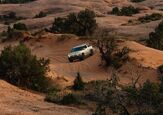
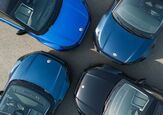
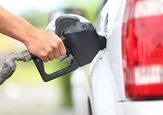













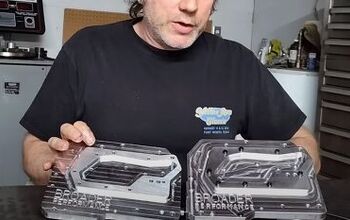
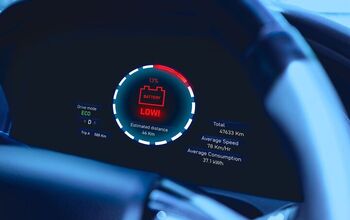
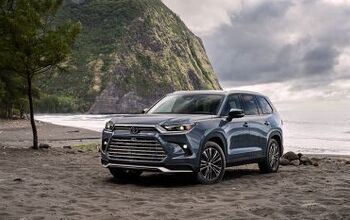
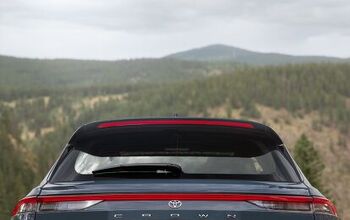
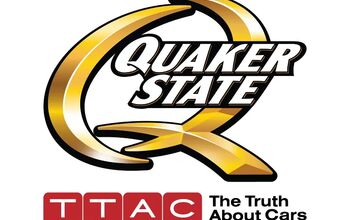
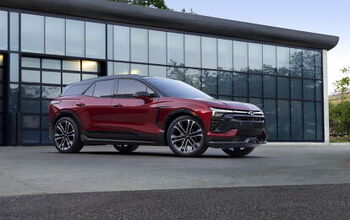


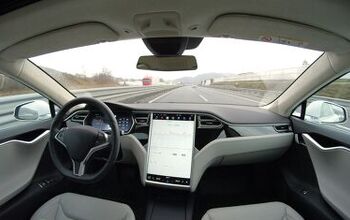
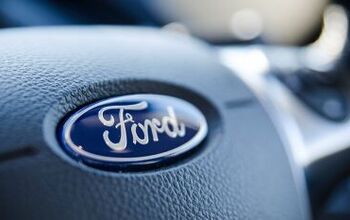
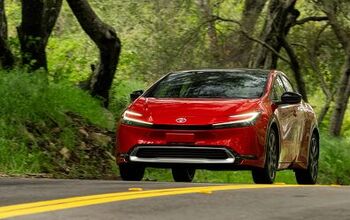
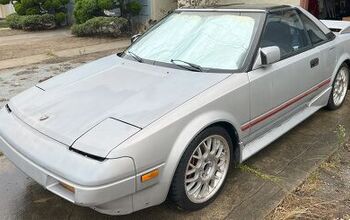
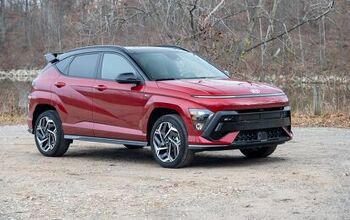

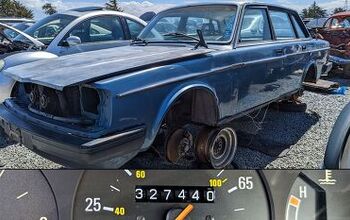
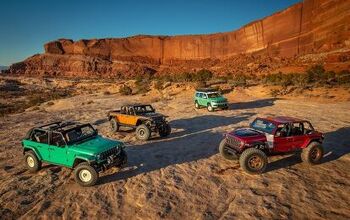
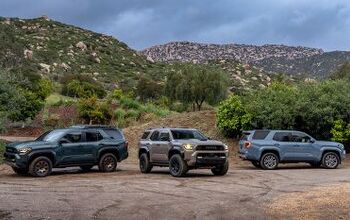
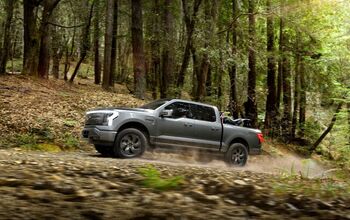
Comments
Join the conversation
It is very common to have human involved at the beginning of automation, things takes time and robots don't learn how to do things in 1 afternoon like experienced human does. This is why nothing will be 100% automated ever. Regarding to "not testing" something, a lot of time it is about calculated risk and yield lost. A lot of testing can only test 50-90% of all components and then you have to test it after integrating it into the system to test the rest. You will get some fallout and have to rework, vs taking some design trade off and test it before integration. Depends on the situation it is very common one way or another. Nothing to see here.
Hope they work it out...